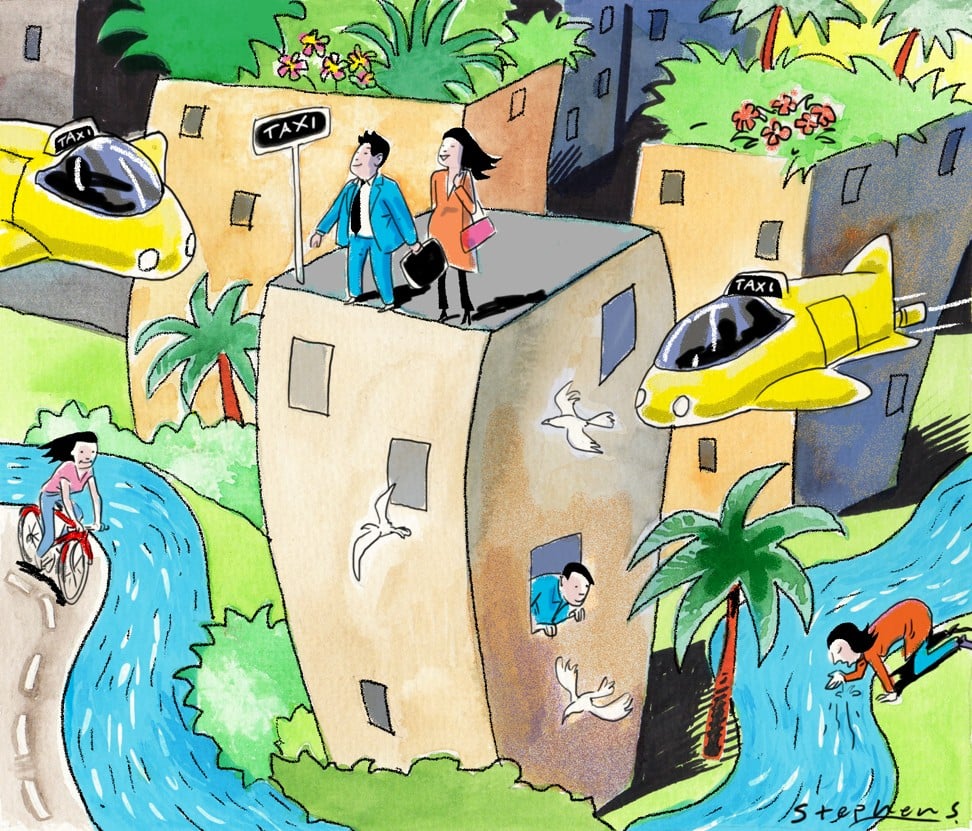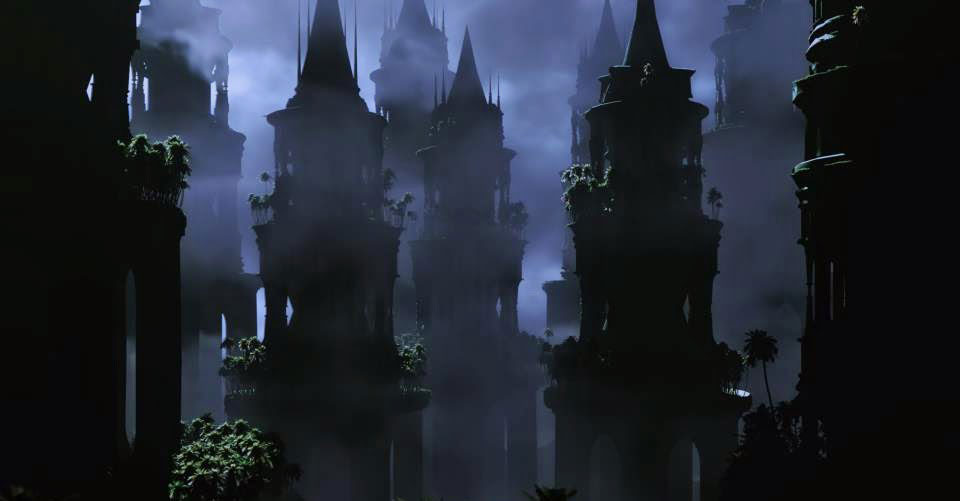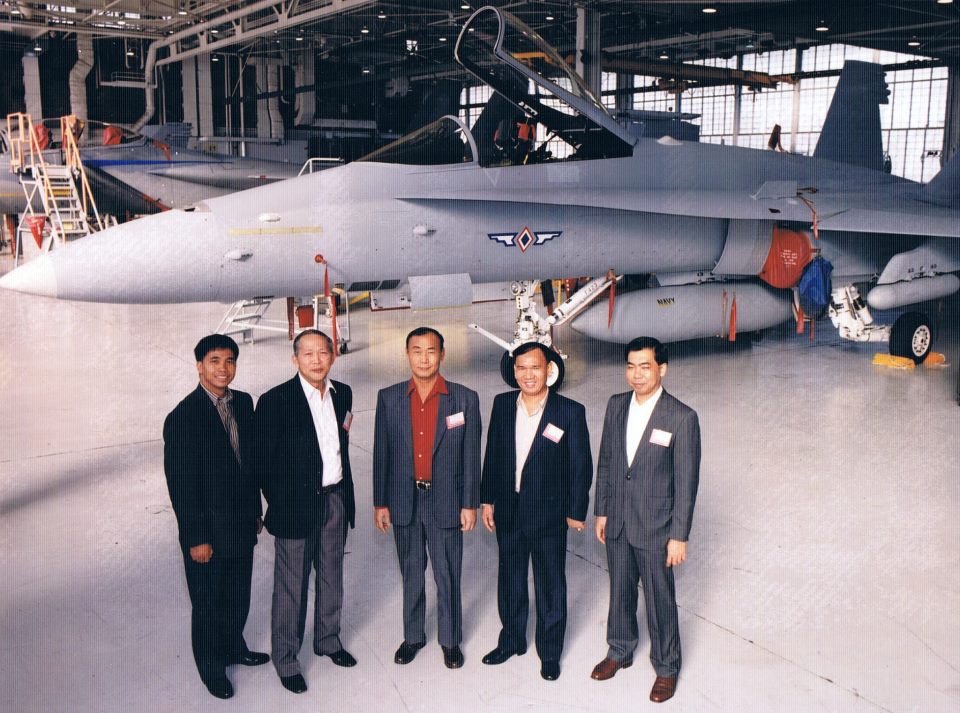
Should have Canada pursued an independent rocket launch system ? Half of the country would say yes, while the other would say no. It's easy to look at the 1.3 billion of total cost and see better use for it, be in healthcare, infrastructure or social programs, but the defenders would point to the fact that in 1962, the abandonment of the Avro Arrow left the Canadian aerospace industry in a dark place and brain drain had already started as NASA aggressively hired many engineers and project managers from Avro. For Diefenbaker, it seemed like their was no other choices but when in 1959 the UK tried to embark Canada into the "Black Prince" project, of a Commonwealth launcher based around the Blue Streak missile, he made a ludicrous counter-proposal: to sell the Blue Streak to Canada for making an all-Canadian rocket. It was with great surprise that in 1962, as the UK joined the ELDO and the organization rejected to use the Blue Streak as a first stage (they decided to focus on a joint-engine that would become the Viking), despite using its left-over Blue-streak for testing, the UK decided to recoup part of the project cost by accepting to sell the rocket to Canada.
The Canadian government was baffled by the agreement but the possibility of helping the Canadian aerospace industry by making the rocket locally and keeping jobs made them sign. The body was planned to be built in Mississauga, Ontario by Avro Canada and the Rz.2 engine was subcontracted to Pratt & Whitney Canada, who's factory was located at Longueuil, the same city housing the CSA/ASC headquarters. In 1971, the first fully assembled Blue Streak (called Castor by the Canadian) was tested at the Churchill research rocket range. The awful gravel roads and the difficulty of loading and unloading the trucks that brought the components meant that the first "Arrow rocket" had to stay for 2 months in inspection in a hangar to make sure that no internal components had been affected. But despite all these trials and tribulations, the first Arrow and its boiler plate, located in its mock-up 2nd stage, were launched and fell within the acceptable 1000' from target.
While this was well and good, engineers at Avro realized that many gyros, guidance and electronics were outdated and crude, a legacy from the missile development started in the 50's, so they planned to make a new version of the Castor stage with modern and much more precise and light components. But the first stage was not the only focus at Avro, because to send satellite in orbit, a second stage would be necessary. For this they decided to keep it simple, even if inefficient, it would simply be a single RZ.2 engine and small tanks as the 7° pitch vectoring capacity of the engine was deemed "good enough" for stability and trajectory. But this meant that the payload would have little to no orbital flexibility so a third stage was planned.
The "Rose" second stage (the Rose name came from the RZ engine nickname in P&W), was already in the prototype phase when the solution finally came for the third stage. Once again it was toward the old mother country that Canada bought its engine, they acquired, quite cheaply, the old Bristol Siddeley Gamma 2 engine. Using Hydrogen peroxyde and Kerosene, it not only shared the kerosene fuel of the RZ.2 engine but avoided using the toxic hypergolic fuels preferred by the USA and Russia for their upper stages.
In 1974, the brand new Castor Mk.2, Rose and Gamma stages were brought to Churchill (this time via the equally brand new railroad), and assembled on the launch pad. While each had been fired separately many times to insure smooth operations, it was the first time that they would launch all at once. The brand new Castor stage, with its new internal components and even engines as P&W were able to use lighter materials and stronger alloys, worked exactly as planned but when it decoupled, the Rose stage had trouble to start and the whole rocket started to spiral, forcing the security officer to activate the self-destroy. The inquiry after the failure revealed that the new Castor stage had more thrust then expected, peaking at 657 kN (147 700 lbf), this had led the Arrow to fly much faster then expected, leading the pumps of the Rose stage to struggle feeding the engine. During the next year, adjusted throttle were installed on the Castor Mk.2 and more robust pumps were added to both the Rose and Gamma stages. In 1975, the Arrow finally left the earth without troubles, launching its payload of opportunity (small expendable experiments payed by universities placed in the nose) into orbit before being voluntarily de orbited, to test the Gamma engine endurance.
In 1976, the Alouette 3 probe was successfully launched via the Arrow rocket to replace the Alouette 2 that became derelict, in its task of monitoring the ionosphere. Canada was the fourth country that developed the capacity to launch orbital satellite with its own launchers. While this allowed them to fire their own satellite without needing to wait for an American launcher to be free, the ''space station race'' between the USSR and the USA pushed the Canadians for a more higher goal. While the humble Arrow was unable to launch much in term of space station, the American shuttle project and space stations ideas almost demanded that Canada possess a human-launcher capacity. With the failure of the Quebec referendum, the Canadian government was much more secure with investing in the CSA/ASC as it would no longer be in a foreign country, so an improved Arrow was funded by the Trudeau (senior) government.
Pretty quickly, the idea was proposed by Avro to simply lengthen the Rose stage and its fuel/oxydizer tanks instead of developing solid boosters (despite the Bristol know-how with the Black Brant sounding rocket) was approved by the government. Despite the additional testing required to control the pogo-effect and the ballistic of a lengthen stage, it was nothing compared to the trouble of designing a space capsule. Canadair and Avro partnered to tackle the difficult contract. In this, the help of the NASA was invaluable, not only did they accepted to train the Canadian astronauts (as it made no sense to replicate the expensive US facilities for only a few men) but they also shared their data related to the Mercury and Gemini capsule. This helped them tremendously to identify (and sometime avoid) possible problems with men-capable capsule.
Unsurprisingly, the Rose Mk.2 extended stage was ready way before the "Harfang" capsule (as it had been named) and after a series of testing (with a few spectacular failures), the new "Arrow Heavy Rocket" was declared functional while the Harfang was still in test. To avoid sitting with a costly rocket with no payload, the government proposed to company a cheap launch for heavy satellite. This helped not only covering the great expenses but also test multiple kind of orbits (including eccentric polar ones, payed by the NSA to spy on the Russians) as well as defining the system capabilities. But the most interesting mission was the Vespera program, a small probe sent to fly-by Venus and study its upper-atmosphere. Using the Gamma stage to its full extent, it was able to fire again three months later and put the probe in a unstable orbit, against expectations. Despite the Gamma alone being unable to really allow planetary orbiting capacity (outside from Earth), the next Vespera probes embarked small solid boosters to complement the third stage and allow the next ones to orbit Venus.
While three launch with a empty Harfang capsule had been done in 1979, 1980 and 1981 respectively, with only the 1981 "Owl-4" mission being 100 % successful with a descent module lending below 8g, a manned one was planned in 1982 as the true apotheosis of the Canadian Space Program. The two-man capsule, nicknamed by the public as the "Canadian flying saucer", was finally sitting atop the "Kanata Arrow Rocket" (the manned version of the Arrow Heavy). The pilot Ken Money and its Co-pilot Marc Garneau left the Earth and finally allowed Canada to seat as the third nation with man-capable rocket. While cramped and rudimentary science-wise, the Harfang proved, however, a very capable spacecraft with wide orbit capability and injections trajectories. After a rough landing in northern Alberta, the two man were carried as heroes and traveled across the country to meet an ecstatic public.
While their was wild plans with even possible moon landings, the program continued with modest experiments to do in space, the second launch in 1985 with Ken Money and Micheal McKay and a third one in 1988 with Marc Garneau as pilot and Micheal McKay as copilot. However, right after the triumphant return of the third expedition, the signature of the ''Space Station Freedom Agreements'' would, quite ironically, kill the Canadian manned program. Despite being planned exactly as a independent Canadian way to reach the American space stations, the rushed capsule didn't had adapters to allow the capsule to connect to a space station and allow transfer of personnel without needing an EVA. This would mean a near-complete redesign of the descent module and with the shuttle being able to bring seven passenger, pilot included for much cheaper, it made little to no sense to keep the "Kanata Arrow" and the Harfang flying.
While the sudden death of the manned Canadian space program in 1992 after a fourth and last flight of Ken Money and Marc Garneau was a heart-wrenching moments, for others it was a logical conclusion. But its death allowed the CSA/ASC to focus on its launchers such as the Arrow light and heavy rockets with an aggressive marketing plan not only aimed at the enterprise (already split between the Thor and Arianne launchers) but also other countries without launcher capacity. It allowed cheap (often near non-profit) and exotic orbits tailored at the client wish and for those who desired more conventional or cheaper launch, they could buy a place on a satellite bus with other satellite matching their spec. Recently, the Arrow light found itself as the main launcher of Cubesats slightly above Russia.
So, if you ever went close to Longueuil and have the time to do a small detour by the CSA/ASC headquarters, you could see in front of it a Harfang capsule and wonder, what would it be if Canada had chose to persevere on the manned exploration road, what would the stars be like ?
Last edited:





